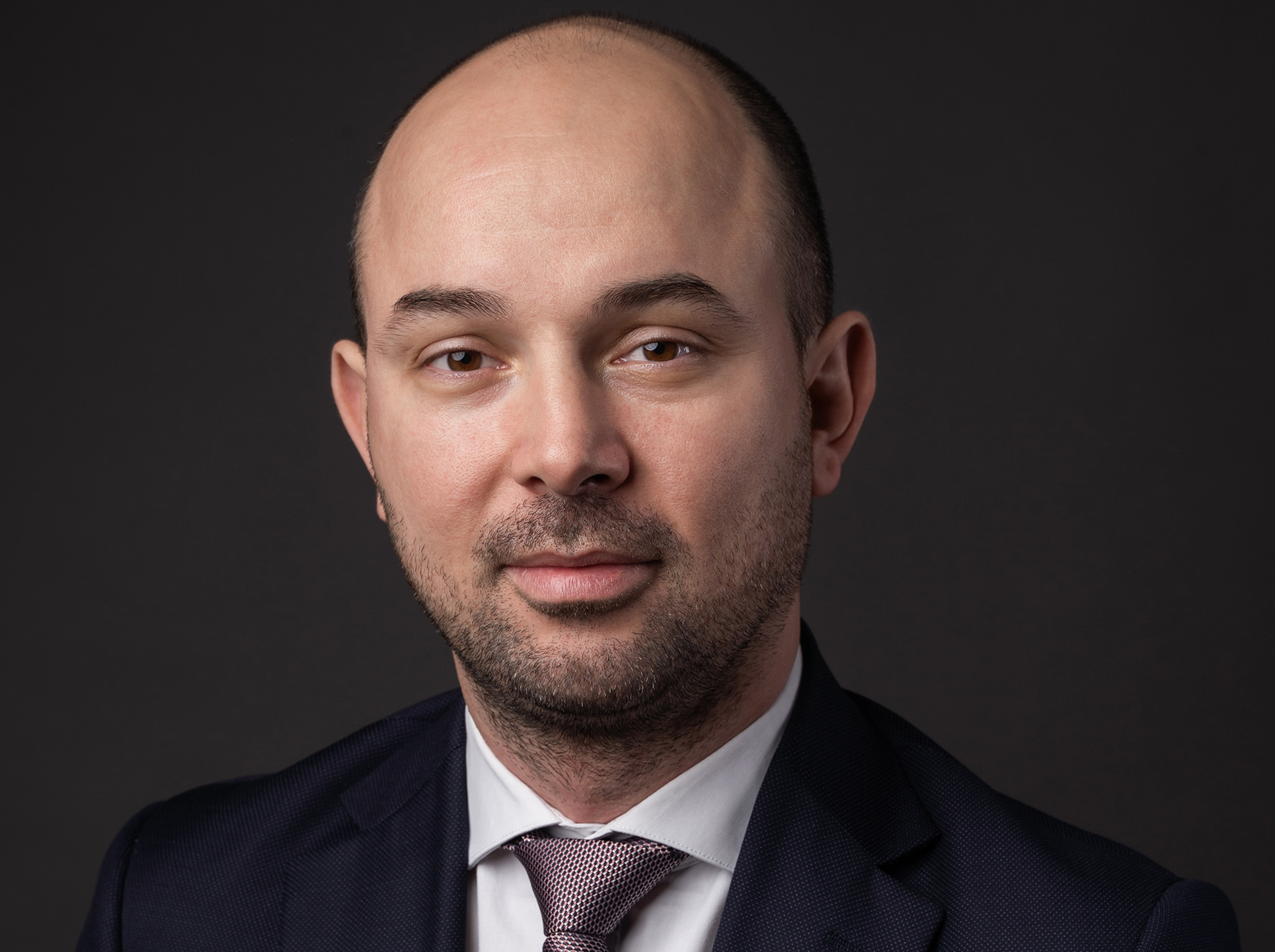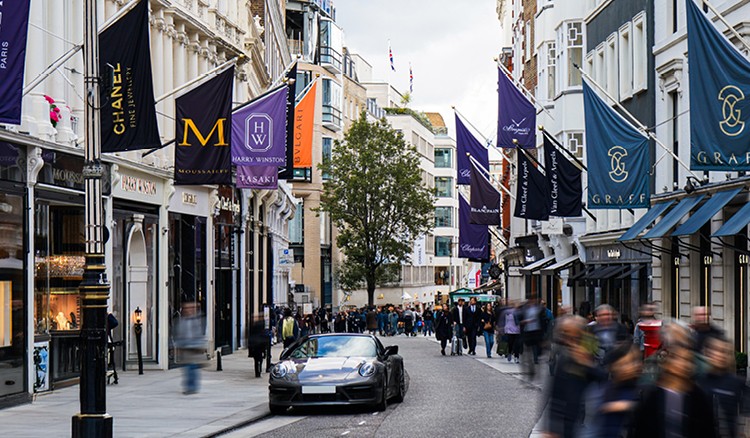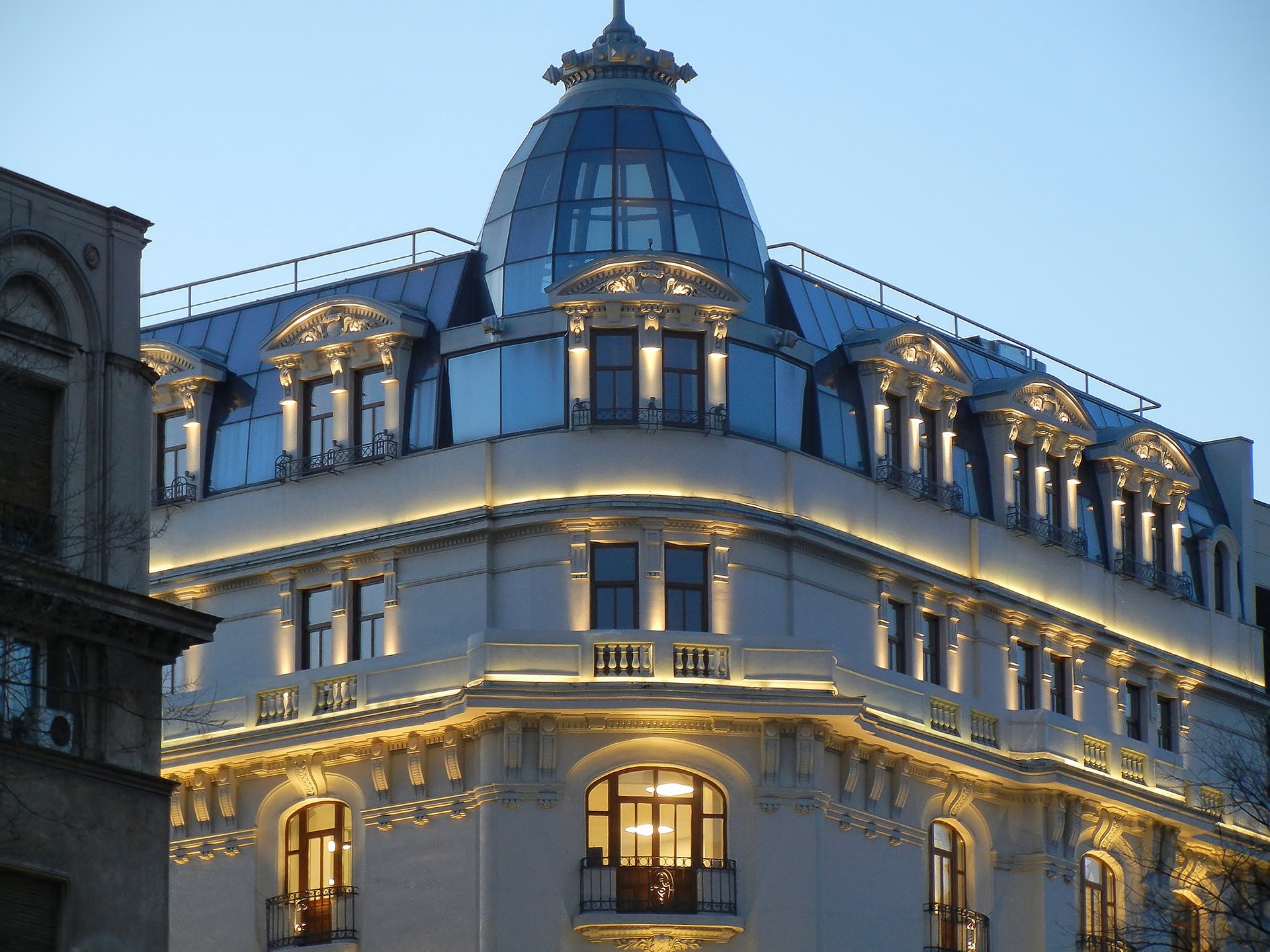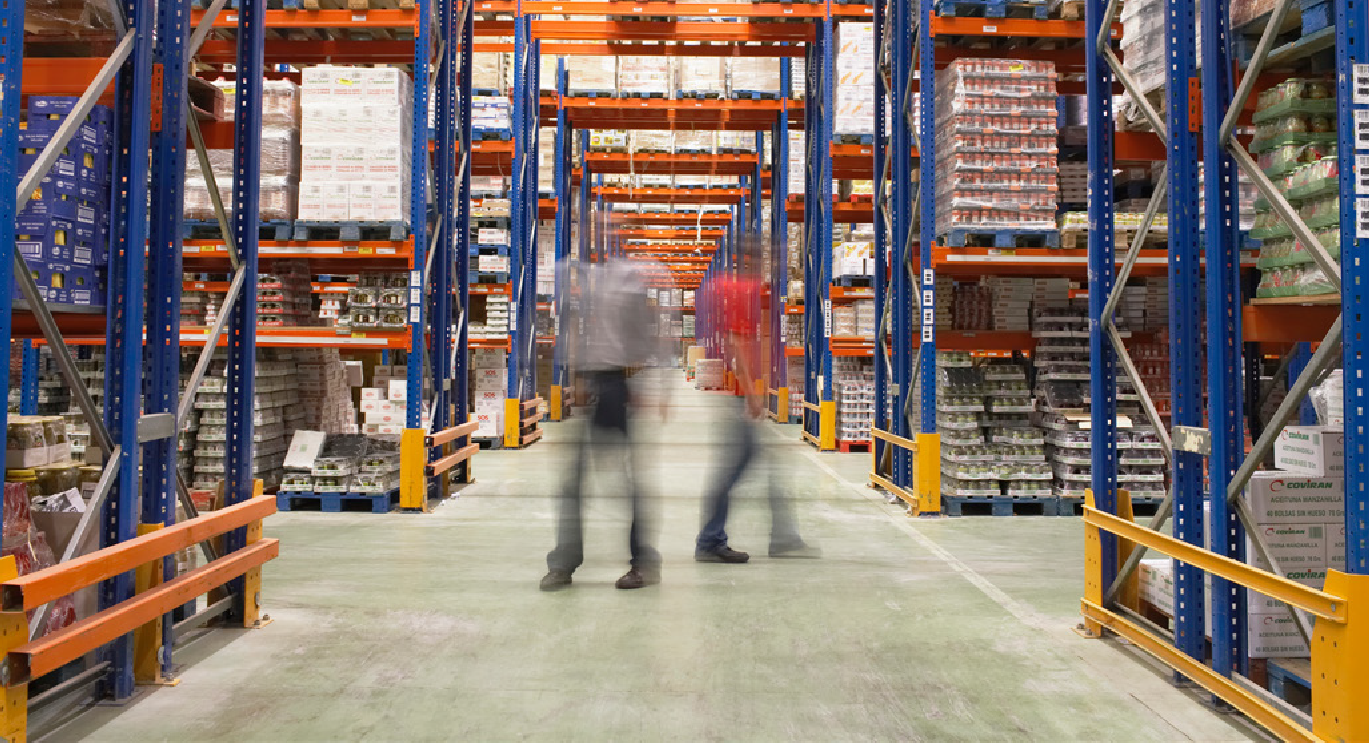Main Streets Across the World 2025
Bucharest, September 2025: Bucharest continues to be the predominant location for the transformation of former industrial platforms due to the scale of its real estate market and the high number of available sites. The capital city generates the largest volume of land plot transactions within the urban area, primarily through the conversion of industrial spaces, according to data from Cushman & Wakefield Echinox. Investors are increasingly targeting mixed-use developments which integrate retail, office, and residential components.
Rocar (~21 ha), Roca Preciziei (~12 ha), Helitube (Colentina, ~8.9 ha), Muntenia (near Parcul Carol, ~5.7 ha), Antrefrig (~5.7 ha), Titan Mar (Șoseaua Progresul, ~4.5 ha), and Atlas (Pipera, ~2.9 ha) were amongst the largest land transactions in the last few years. These sites were predominantly acquired for large-scale future developments.
Domestic and international investors such as Prime Kapital, One United Properties, Forte Partners, Speedwell, Prima Development, and Hils Development are actively engaged in urban regeneration projects on former industrial platforms in Bucharest.
Being located in diverse areas of the city, these platforms have different development potentials, which are carefully evaluated by investors planning the constructions of office buildings, residential units, and retail projects.
This reconversion trend has rapidly expanded to other major cities in Romania. In Cluj – Napoca, projects such as Transilvania Mall (developed by Prime Kapital on the former Cesarom site), Rivus City (on the Carbochim platform), and Hexagon’s announced development on the Tehnofrig plot highlight the significant potential of these locations for mixed – use real estate projects.
Moreover, most former industrial platforms in Timisoara have already been transformed into retail and office premises, while the reconversions of sites such as Spumotim and 1 Iunie are expected to generate new landmark developments.
In Iasi, Prime Kapital is currently developing Silk District and has recently completed Mall Moldova, the largest shopping center outside Bucharest – both projects built on former industrial platforms.
The largest real estate development in Brasov was built through the regeneration of the 100-hectare Tractorul platform, while in Constanta, Iulius Group is transforming the former Oil Terminal site into a fully integrated urban complex.
In these cities, the pressure on available land and the appetite for new developments continue to support the conversion of former industrial spaces into modern destinations.
 Ștefan Oprea, Consultant, Land Agency, Cushman & Wakefield Echinox: “Industrial site reconversions remain some of the most compelling opportunities on the Romanian real estate market. Beyond the assets already acquired and under development, there is a substantial inventory of platforms currently available for sale. These properties vary in size – from a few thousand square meters to tens of hectares – offering high investment interest across multiple investor profiles. In addition to regional hubs, we are noticing a growing interest in cities such as Craiova and Arad, which are likely to generate significant transactions in the near future.”
Ștefan Oprea, Consultant, Land Agency, Cushman & Wakefield Echinox: “Industrial site reconversions remain some of the most compelling opportunities on the Romanian real estate market. Beyond the assets already acquired and under development, there is a substantial inventory of platforms currently available for sale. These properties vary in size – from a few thousand square meters to tens of hectares – offering high investment interest across multiple investor profiles. In addition to regional hubs, we are noticing a growing interest in cities such as Craiova and Arad, which are likely to generate significant transactions in the near future.”
From a development perspective, former industrial platforms benefit from central or peri-urban locations, easy access to infrastructure, and generous land areas that support the development of integrated real estate projects.





